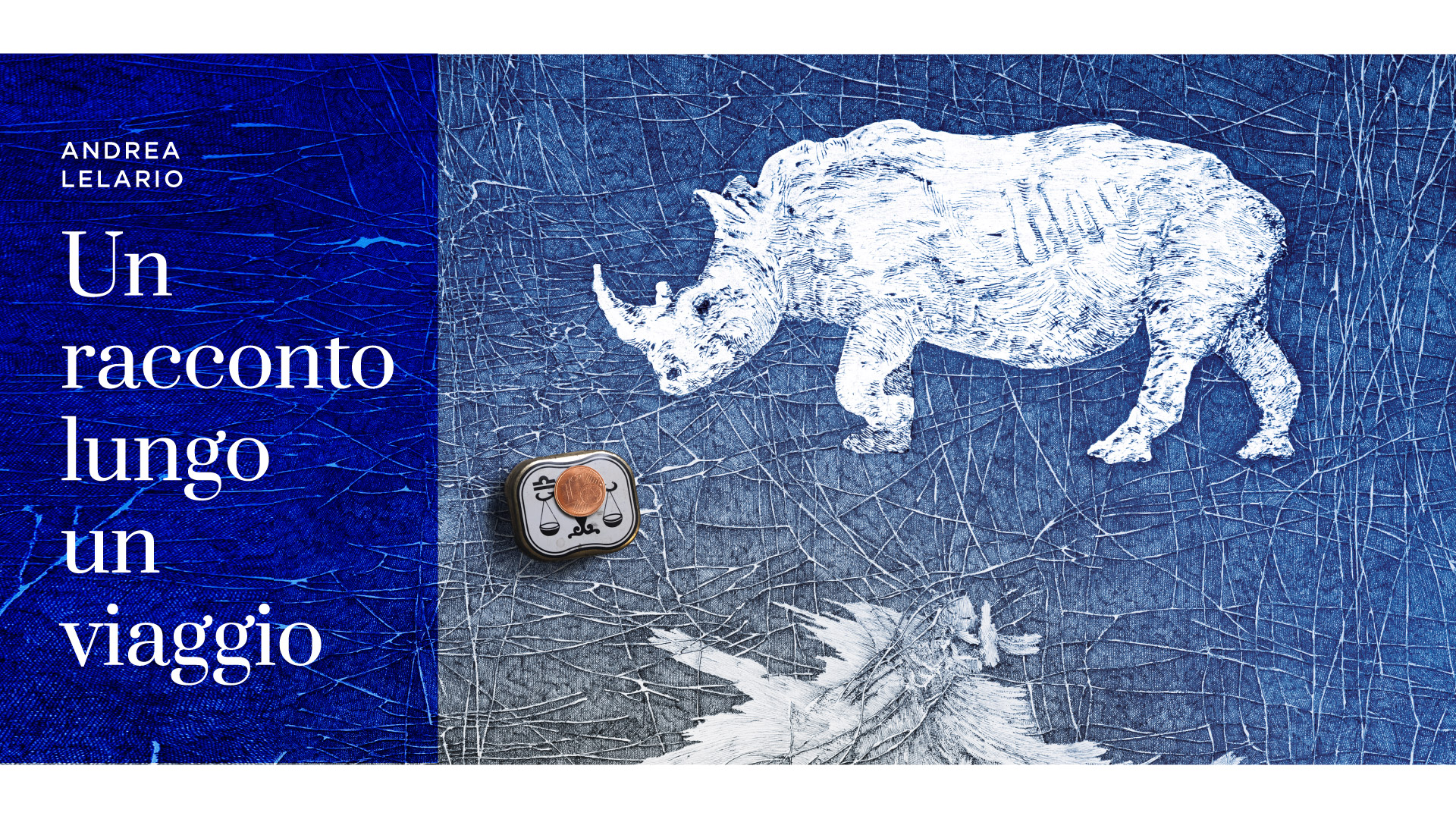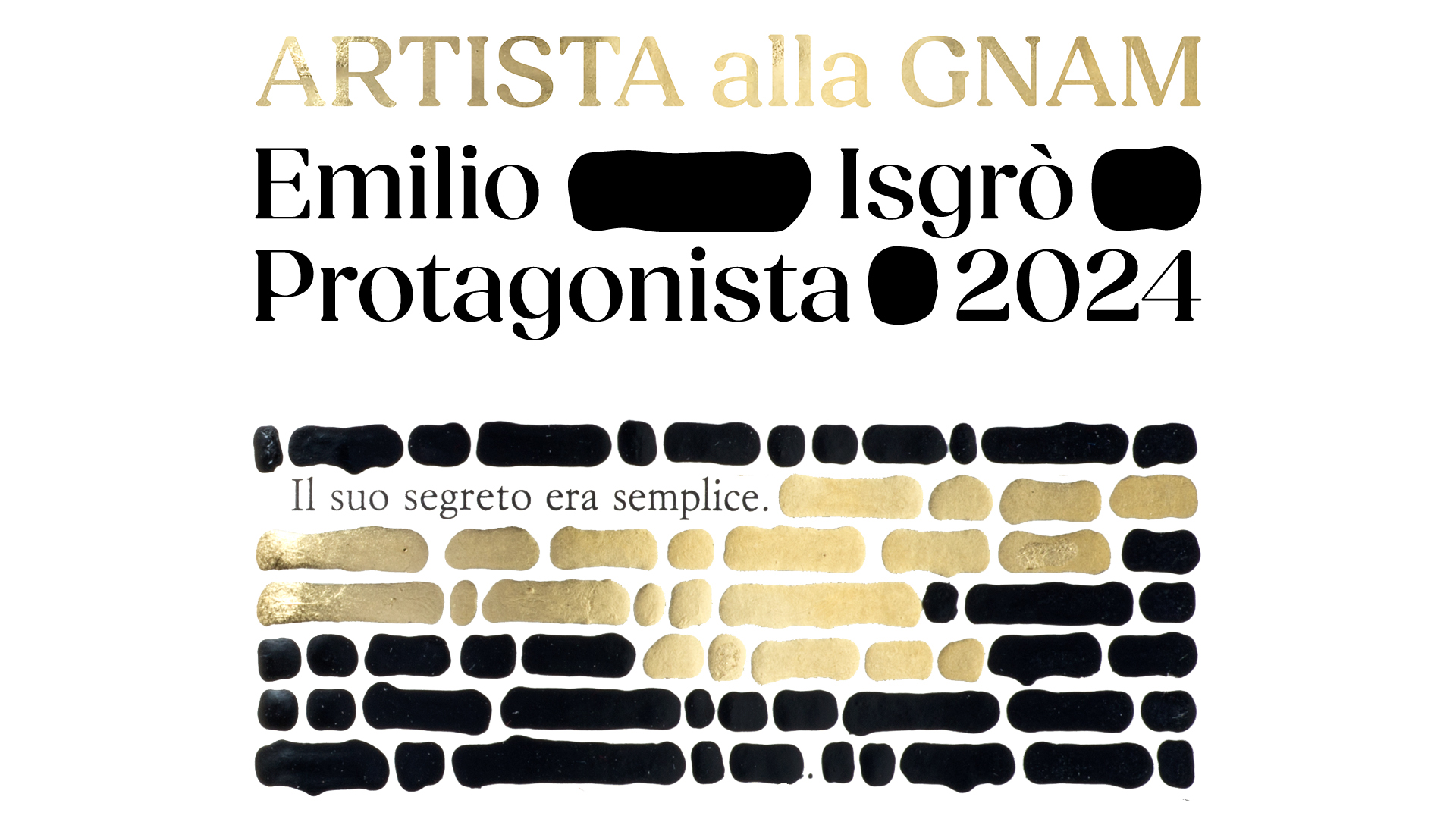Imagining the unseen
There is no doubt that the long canvas of The Troubadour among the Nuns, much coveted by the French merchant Adolphe Goupil, represents one of Domenico Morelli’s most original visions. The compositional slant of the scene is new and the subject has not been executed before, breaking away from the convent interiors of the time, as a comparison with the painting by Gioacchino Toma would show. Left unfinished, and now restored and exhibited for the first time since the beginning of the last century, the large canvas was started in August 1875. Morelli had discussed the representation of the nuns’ faces in his correspondence with the Belgian patron Isidore van Montenaeken.
If compared to the shy and pensive gazes of the nuns captured from life, whose reserved demeanour betrays an interest in the secular world, the preparatory studies for The Monks (or Good Friday) demonstrate an acquaintance with Baroque models and refer in particular to the mysticism of Francisco de Zurbarán’s figures. On the other hand, the drawings with Female Figures for the canvas depicting The Exit from the Church, which has not reached us, show a more rapid and nervous stroke, similar to some sheets by Giuseppe De Nittis.
The making of the painting The Obsessed also involved assiduous preparation, as documented by a nucleus of around seventy sheets executed between 1873 and 1876. In addition to studies of the scene as a whole, Morelli isolates groups of figures and single figures whose exasperated gestures reflect the inner torment of a suffering humanity. Francesco Paolo Michetti would not have forgotten this in his large painting of The Cripples (1900).
Towards the end of the century, the figure of Christ appears more and more frequently depicted within natural scenery rendered by the sketches in evanescent forms within a luminous palette and with flowing brushstrokes, similar to landscape watercolours. A pictorial genre that attracted Morelli from the beginning of the penultimate decade of the 19th century, when around ninety wooden panels were used to document the coast south of Naples, experienced through the eyes of a landscape artist on the Grand Tour.



